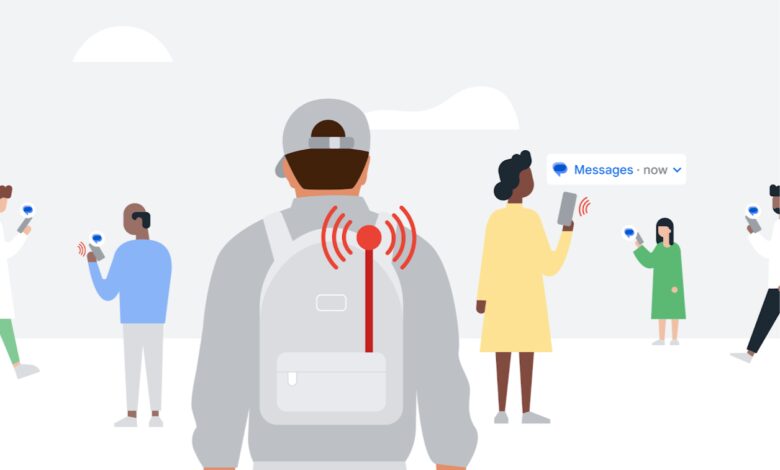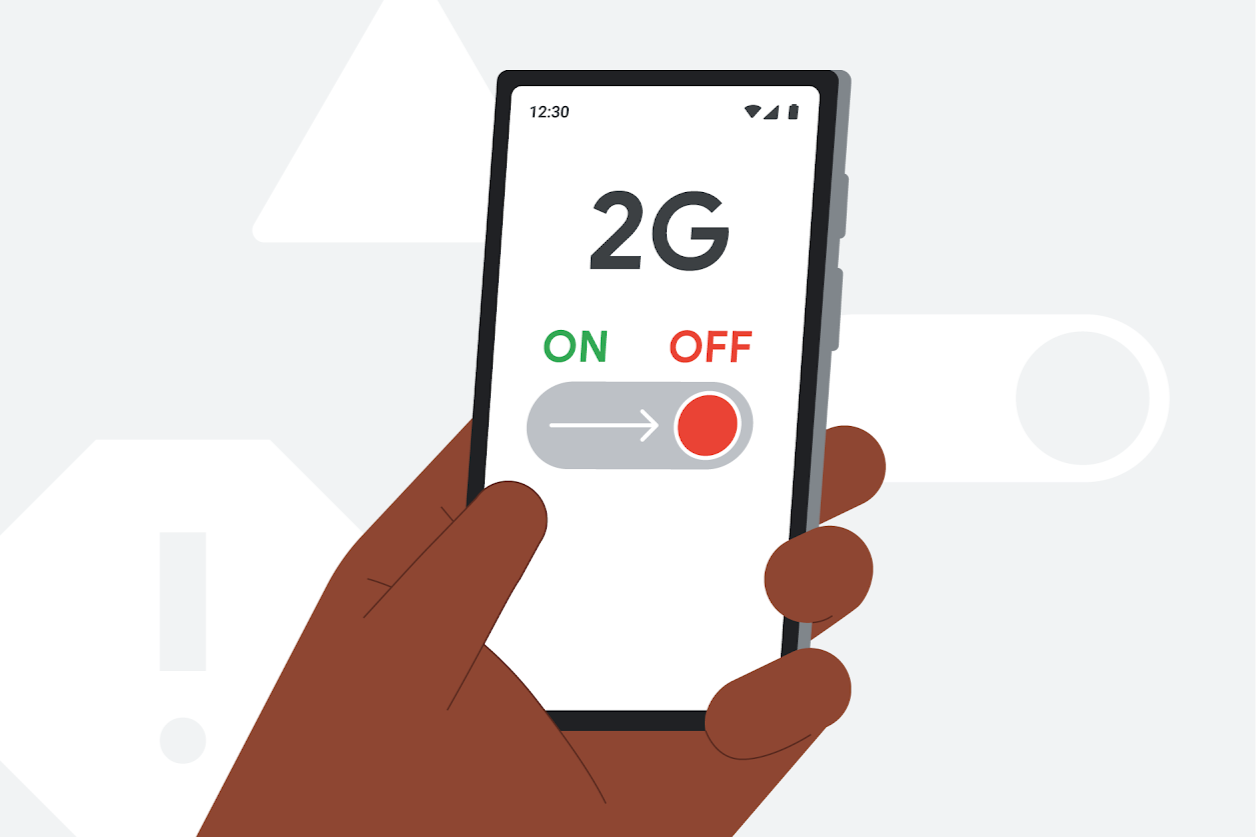Google explains how Android fights back against SMS phishing and data theft

Google explains how Android guards you against phishing attacks
In a new blog post, Google raises awareness about a prevalent SMS attack method. The company also highlights the built-in tools in Android designed to thwart these attacks and keep you safe.To get a better grasp of what Android protection tools are for and how they work, let’s first break down how an attack can happen. In the blog post, Google talks about a SMS Blaster fraud. Lately, there has been more proof of security flaws in cellular networks being exploited using cell-site simulators.
Cell-site simulators, also known as False Base Stations (FBS), Stingrays or SMS Blasters, are radio devices that pretend to be real cell towers, tricking phones into connecting to them.
This lets malicious actors send SMS phishing messages straight to smartphones, bypassing the carrier network and all the anti-spam and anti-fraud systems. Scammers usually use portable FBS devices while driving around, and there have even been cases of them carrying these devices in backpacks.


Some malicious actors carry FBS devices in backpacks. | Image credit – Google
The trick is pretty simple and involves known tactics to push phones onto a 2G network controlled by attackers. SMS Blasters fake an LTE or 5G network, then downgrade the connection to the old 2G protocol. The same device then pretends to be a 2G network, making all phones in the area connect to it. Attackers exploit the lack of mutual authentication in 2G networks to force unencrypted connections, letting them fully intercept and inject SMS messages.
These SMS Blasters can be bought online and don’t require a lot of technical know-how. They are easy to set up, and users can configure them to mimic a specific carrier or network with just a mobile app.
Overall, as long as a mobile device supports 2G, users are at risk of this kind of fraud, no matter the status of 2G on their local carrier.
So, how does Android help keep your smartphone secure?


With Android 12, Google introduced a feature that lets users disable 2G. | Image credit – Google
Several security features in Android can really help reduce or even completely block the impact of this type of fraud.
For example, with Android 12, Google introduced a feature that lets users disable 2G at the modem level. If you use this option, it completely eliminates the risk from SMS Blasters. Here is how to do it:
- Go to Settings
- Find Network and internet
- Choose SIMs
- Toggle the option Allow 2G (if available, as not all OEMs offer it, but Pixel phones and Galaxy phones should have it)
Another key feature is the ability to disable null ciphers, which is crucial for preventing 2G FBS from injecting SMS payloads by using a null cipher. This security measure was introduced in Android 14 with a new toggle in the mobile network settings. Devices that use Radio HAL 2.0 or higher support it. Android also has robust protections against SMS spam and phishing, regardless of how the messages are delivered. The built-in spam protection helps identify and block unwanted messages. Additionally, Verified SMS helps users recognize legitimate messages from businesses, marking them with a blue checkmark to show they have been verified by Google.
Furthermore, Google recommends using other important security features available on Android, like Safe Browsing and Google Play Protect. Safe Browsing is built into Android devices and protects billions of users worldwide by warning them about potentially dangerous sites, downloads, and extensions that could be phishing or malware-related.
And when someone tries to download a malicious app from the Play Store, Google Play Protect steps in. It scans apps for malware and other threats, warning users about potentially harmful apps before they can be installed.
In a world where online threats are everywhere, I think it is great that Google keeps working on improving its security features to protect users.
Source link


